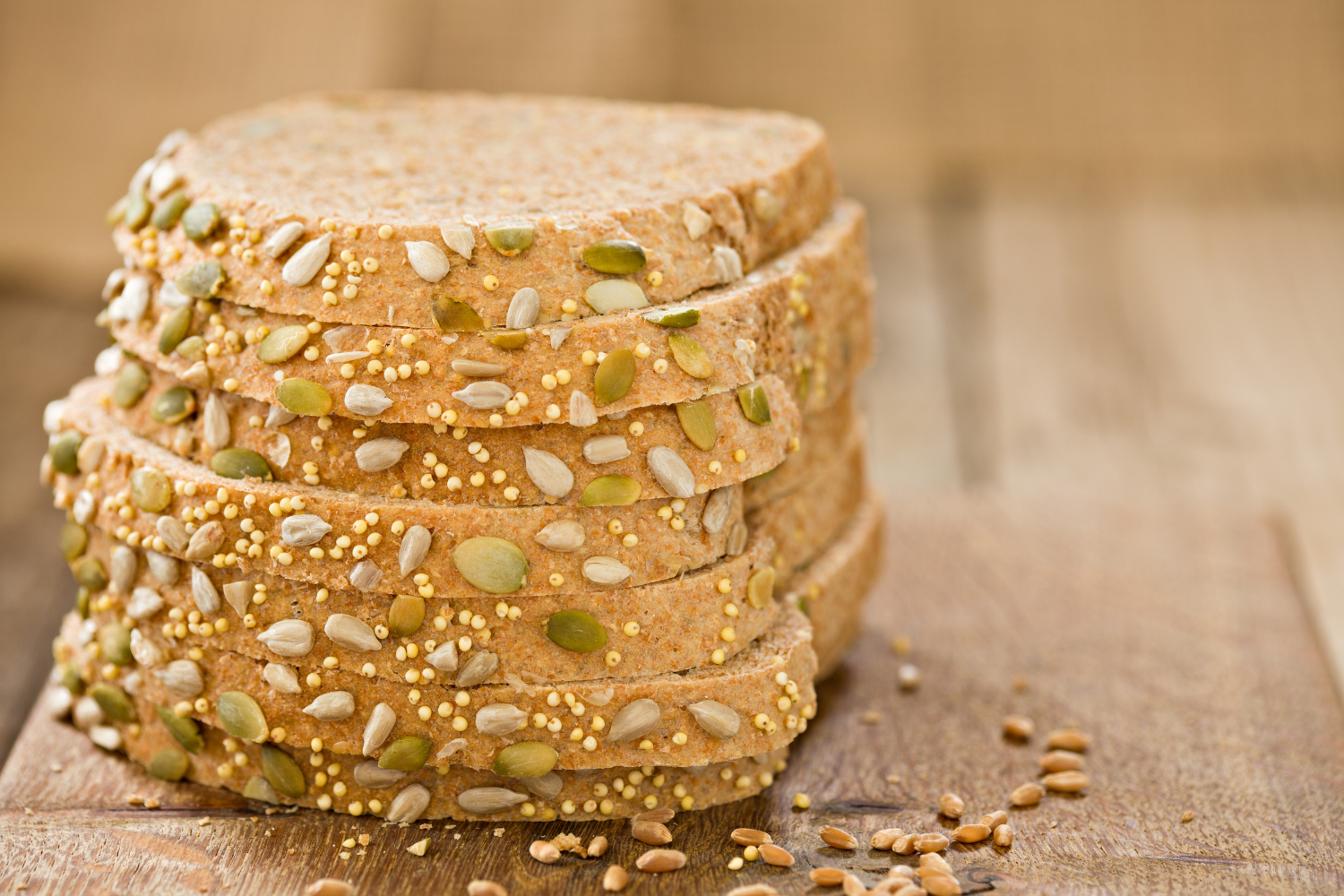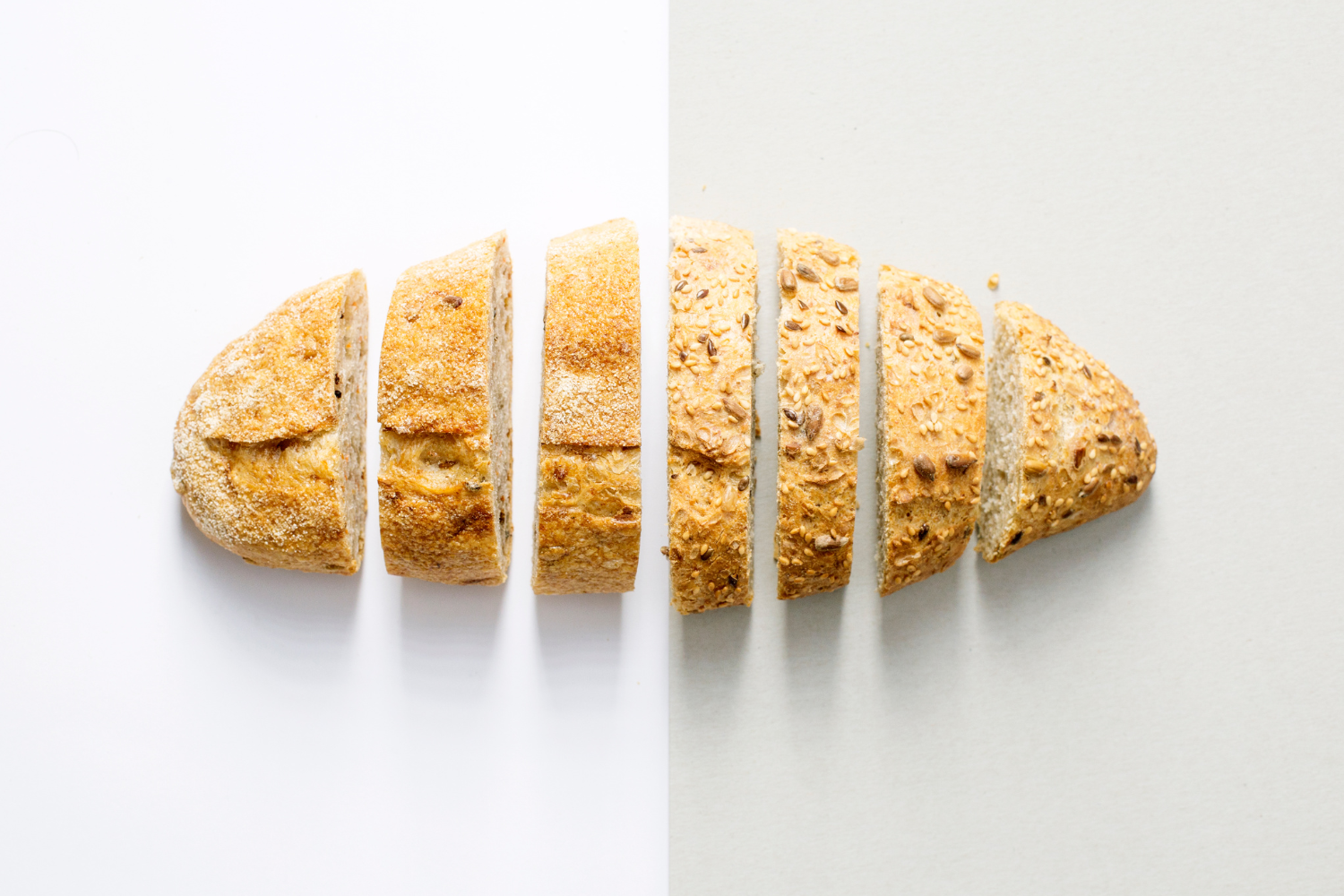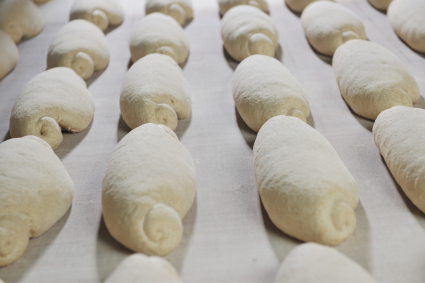If this were a game show, it might be called ‘The Price Isn’t Right.’
Unfortunately, this is no game. The baking industry is experiencing dramatic price increases on a wide range of commodities, including wheat, corn, and soybean oil — and executives are trying to get a handle on where the market is headed.
“There are a lot of inflation hot spots right now,” observed Lee Sanders, ABA’s Senior Vice President, Government Relations and Public Affairs, who moderated the association’s latest Bake to the Future podcast on this topic. “Grain and oil seed prices are up sharply over the past year with corn and wheat futures rising to all-time records.”
Podcast speakers discussed the many catalysts of price acceleration and the outlook. They also offered guidance to the baking industry on how to address the challenges.
The speakers included Hayden Wands, Vice President of Global Procurement, Commodities, Grupo Bimbo; Bill Lapp, founder and President, Advanced Economic Solutions, and Rasma Zvaners, ABA’s Vice President of Regulatory and Technical Services.
China Demand Plays Big Role
Drivers of inflation range from weather-related disruptions to price volatility exacerbated by the actions of managed money funds.
A major factor has been the dramatic increase in China’s purchasing of grains over the past year, explained Lapp.
“We saw China repeatedly come in and absorb excess supply,” he said.
Supply Chain Sparks Challenges
Complicating the pricing challenges is a factor closer to home: supply chain hurdles emerging as the U.S. economy reopens after pandemic lockdowns.
“As things open up there is more demand for trucks, carriers, and ingredients,” said Wands of Grupo Bimbo, who is the Chair of ABA’s Commodity and Agricultural Professionals Group. “We haven’t been faced with this situation in the past where the floodgates open all at once.”
Near-Term Outlook Challenging
While it’s possible that the supply situation for commodities such as wheat and corn will improve and pricing will ease during the balance of the year, a different scenario is becoming increasingly likely. China may continue its robust purchasing and crop yields might be further stressed, with corresponding price impacts, said Lapp.
“You could have much higher prices, with corn prices elevated through most of 2022,” he explained.
Soy Oil Impacts May Linger
Increases in soy oil prices — with futures doubling over the past year — have been sparked by factors ranging from surging global demand to tightening stocks.
However, the biggest catalyst has been growing demand for soy oils as ingredients for biodiesel and renewable diesel, Lapp said.
“We could stay at these elevated price levels for two years or more because of the demand for renewable diesel,” he said.
ABA Focuses on Government Policy
ABA is working with the Biden administration and members of Congress to help address pricing and supply challenges. The association is communicating the industry’s needs to federal agencies — such as by providing input to USDA as it explores supply chain security issues.
ABA and the baking community also have an opportunity to provide comments to the Environmental Protection Agency, which is responsible for the Renewable Fuel Program that focuses on annual quotas of biodiesel and other renewable fuels. EPA’s decisions need to take into account factors such as price and supply of agricultural commodities and food prices, said ABA’s Zvaners.
Meanwhile, ABA’s Commodity and Agriculture Policy Professionals Group has set a June 10 virtual conference on the commodities topic.
Key Strategies to Pursue
Lapp urged bakers to take strategic approaches to pricing and supply challenges, which include the following:
- Understand the implications of China’s buying moves.
- Carefully address weather impacts.
- Practice “disciplined risk management.”
- Take advantage of price swings.
- Maintain good supplier partnerships.
Relationships with Suppliers Critical
Wands underscored the point about the need to solidify relationships with suppliers.
“Definitely strengthen relationships with supply partners,” he said. “We call them partners because that’s what they are. It takes a lot of coordination to bring ingredients into a bakery, and that need is really heightened now.





